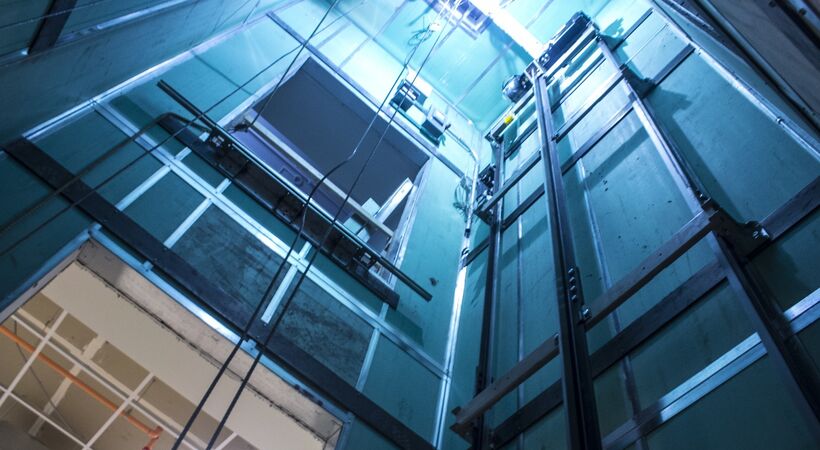One can argue that the invention of the lift has shaped the world as we know it. Indeed, it’s hard to imagine what life in a modern city would be like without multi-story buildings and skyscrapers. Since its invention, the technological complexity of the lift has increased dramatically.
Modern high-speed lifts are way more sophisticated machines than their rattling predecessors from the dawn of the last century. However, the more complex lifts become the harder it is to maintain their availability and safety through traditional physical checks and fixed-schedule servicing routines. When IoT and AI technologies come into play, they significantly ease the work of facility managers and building owners, especially for those who have to oversee lifts across multiple buildings.
Centralized interface for a diverse lift portfolio
The Lift Manager solution recently announced by Bosch.IO, an IoT branch of the Bosch Group, and TÜV SÜD, an independent lift certification and inspection organisation, is aimed to help large real estate companies and lift maintenance firms manage their portfolio of lifts of different brands and models. Created as a non-invasive system, it allows to easily retrofit a fleet of lifts by various manufacturers, across multiple properties and connect them to a single interface. A unified dashboard provides a sweeping view over the current status of all lifts, making regular on-site inspections no longer necessary. This way, in a Singapore business park installation, the solution is claimed to be saving up to 14,000 man-hours a year on physical lift checks alone, allowing facility managers to redirect their time and effort to other tasks.
Round-the-clock lift monitoring and real-time anomaly detection
The Lift Manager system continuously tracks key performance indicators of the lift and collects data on its condition, utilisation, and ride comfort. The operation monitoring function provides an overview of all major operating parameters and physical characteristics of the lift and its components. Among other important parameters, it includes cabin floor levelling, number of trips, door movements, mileage, and environmental conditions. Criteria related to the passenger’s comfort, such as jerk and acceleration/deceleration, are also monitored. Operators can see current data and historical trends on the dashboard. This information is later used as a basis for predictive maintenance.
On top of that, the system promptly detects lift parameters that fall outside the predefined range for normal lift operations. Typical examples are mantrap, incorrect levelling of the cabin floor, door opening and closing issues, and abnormal vibration or noise. The Lift Manager immediately alerts appropriate personnel when a major problem occurs, thus significantly improving critical incident response time.
Predictive maintenance to plan your lift repairs in advance
The predictive maintenance module of the Lift Manager identifies and evaluates abnormal behavior or a change in operating parameters before the anomaly detection threshold is reached. It uses data interpretation and AI algorithms to predict and detect initial and ongoing degradation processes before an actual failure occurs. This complex and advanced function offers operators a major advantage as it allows them to proactively schedule service interventions for their lifts at least 30 days in advance.
Know when it is going to fail: the remaining time to downtime indicator
When a potentially abnormal process is detected, the Lift Manager’s predictive maintenance module sends an alert to the dashboard. The alert indicates when a related lift component or subsystem is expected to fail. This information is displayed in a dedicated area of the dashboard as the Remaining Time to Downtime (RTD).
The RTD indicator has three priority categories to specify the urgency of a required intervention:
- Green status: low urgency; the recommended maintenance actions should be taken in one of the subsequent monthly maintenance checks
- Orange status: normal urgency; the recommended actions should be taken in the next scheduled maintenance check
- Red status: high urgency; the recommended actions should be taken immediately to prevent a lift breakdown.
Further to this, the system identifies a root cause of a detected anomaly and provides clear guidance on what components need to be fixed. This enables better targeted maintenance planning, thereby saving costs on building operations and minimising lift downtime. Lift technicians can be informed of the exact issue in advance and thus reduce their time on site by avoiding the need for a lengthy standard checklist to identify the root cause.





